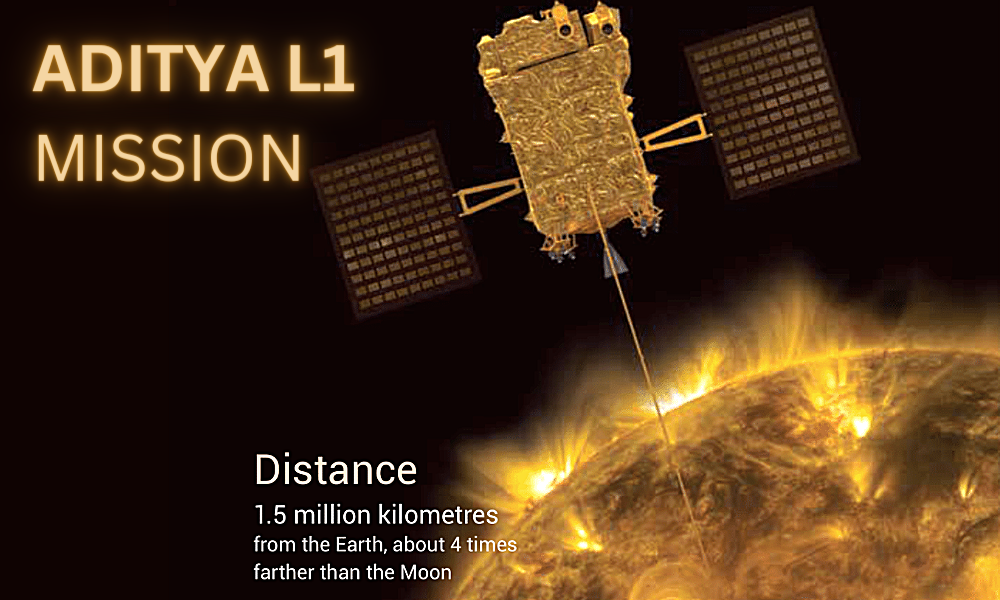
The first Indian space-based observatory-class solar mission to unlock the mysteries of the Sun
ISRO today announced that Aditya-L1, India's first space-based observatory to study the Sun, will be launched on this week on Saturday (September 2) at 11.50 AM from Andhra Pradesh's Satish Dhawan Space Centre, Sriharikota.
Late last week, ISRO Chairman S. Somnath, told reporters that the satellite had been integrated with the PSLV launch vehicle at Sriharikota. The spacecraft would take 125 days to reach the Lagrangian Point L1.
Initially, Aditya-L1 was scheduled to launch on August 26, but as per the latest update, the mission will now be launched on 2nd September.
The Aditya-L1 mission, aimed at studying the Sun from an orbit around the L1, would be launched by PSLV-C57 rocket and will be carrying 7 payloads to observe the photosphere, chromosphere and the outermost layers of the Sun, the corona, in different wavebands. Aditya-L1 is a fully indigenous effort with the participation of national institutions.
 |
The spacecraft is planned to be placed in a halo orbit around the Lagrangian point 1 (L1) of the Sun-Earth system, which is about 1.5 million km from the Earth.
The Aditya L1 spacecraft will be equipped with a Visible Emission Line Coronagraph (VELC) which will be used for imaging and spectroscopy of the Sun to better understand the science powering the star.
The Aditya L1 spacecraft will be equipped with a Visible Emission Line Coronagraph (VELC) which will be used for imaging and spectroscopy of the Sun to better understand the science powering the star.
Uniqueness of Aditya-L1
- First-time spatially resolved solar disk in the near UV band
- CME dynamics close to the solar disk (~from 1.05 solar radius) thereby providing information in the acceleration regime of CME, which is not observed consistently
- Onboard intelligence to detect CMEs and solar flares for optimised observations and data volume
- Directional and energy anisotropy of solar wind using multi-direction observations
 |








 IndianWeb2.com is an independent digital media platform for business, entrepreneurship, science, technology, startups, gadgets and climate change news & reviews.
IndianWeb2.com is an independent digital media platform for business, entrepreneurship, science, technology, startups, gadgets and climate change news & reviews.
No comments
Post a Comment